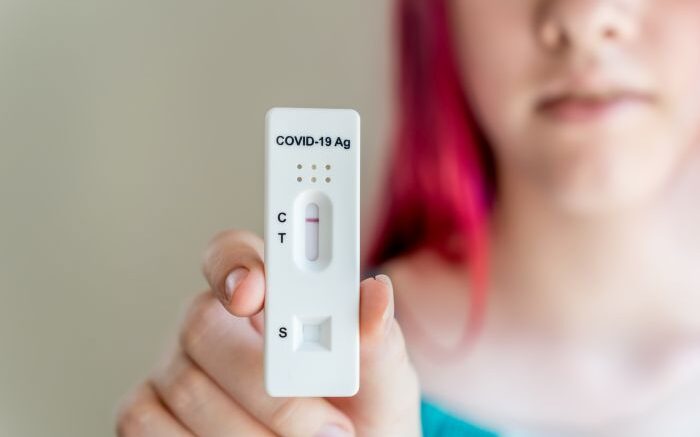The Food and Drug Administration (FDA) authorized SARS-CoV-2 rapid at-home self-test kits for individuals with and without symptoms. How appropriately users interpret and act on the results of at-home COVID-19 self-tests is unknown.
Woloshin, et al. (2022) sought to assess how users of at-home COVID-19 self-test kits interpret and act on results when given instructions authorized by the FDA, instructions based on decision science principles, or no instructions.
A randomized clinical trial was conducted of 360 adults in the U.S. who were recruited in April 2021 to complete an online survey on their interpretation of at-home COVID-19 self-test results. Participants were given 1 of 3 instruction types and were presented with 1 of 4 risk scenarios. Participants were paid $5 and had a median survey completion time of 8.7 minutes. Data analyses were performed from June to July 2021.
Participants were randomized to receiving either the FDA-authorized instructions (authorized), the intervention instructions (intervention), or no instructions (control), and to 1 of 4 scenarios: 3 with a high pretest probability of infection (COVID-19 symptoms and/or a close contact with COVID-19) and 1 with low pretest probability (no symptoms and no contact). The intervention instructions were designed using decision science principles.
After excluding 22 individuals who completed the survey too quickly, the responses of 338 participants (median [IQR] age, 38 [31 to 48] years; 154 (46%) women; 215 (64%) with a college degree or higher) were included in the study analysis. Given a positive test result, 95% (322 of 338; 95% CI, 0.92 to 0.97) of the total participants appropriately chose to quarantine regardless of which instructions they had received. Given a negative test result, participants in the high pretest probability scenarios were more likely to fail to quarantine appropriately with the authorized instructions (33%) than with the intervention (14%; 95% CI for the 19% difference, 6% to 31%; P = .004) or control (24%; 95% CI for the 9% difference, −4% to 23%; P = .02). In the low pretest probability scenario, the proportion choosing unnecessary quarantine was higher with the authorized instructions (31%) than with the intervention (22%; 95% CI for the 9% difference, −14% to 31%) or control (10%; 95% CI for the 21% difference, 0.5% to 41%)—neither comparison was statistically significant (P = .05 and P = .20 respectively).
The findings of this randomized clinical trial indicate that at-home COVID-19 self-test kit users relying on the authorized instructions may not follow the Centers for Disease Control and Prevention’s quarantine recommendations, producing unintended risks and unnecessary disruptions. Redesigned instructions that follow decision science principles may improve compliance.
Reference: Woloshin S, et al. Assessing How Consumers Interpret and Act on Results From At-Home COVID-19 Self-test Kits
A Randomized Clinical Trial. JAMA Intern Med. Published online January 31, 2022. doi:10.1001/jamainternmed.2021.8075
Source: JAMA Internal Medicine
